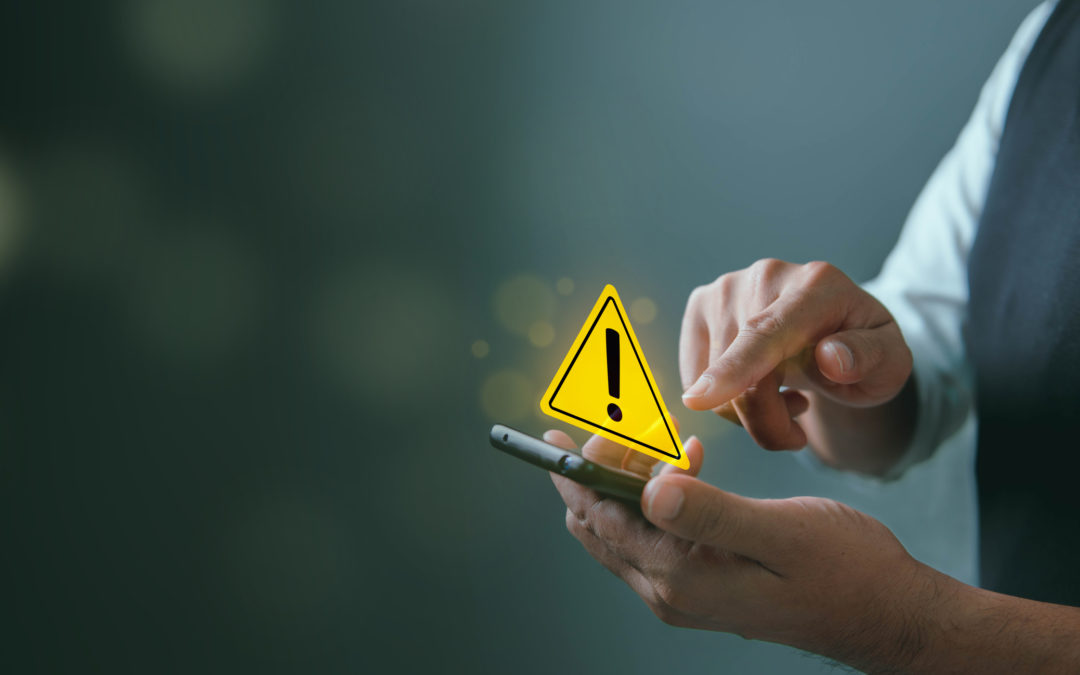Fraudsters are pretending to own, and attempting to fraudulently sell, vacant land or nonowner-occupied property, which have already cost Americans countless dollars. Often, the fraudsters contact a real estate agent hoping to sell property without ever meeting the agent in person. Sometimes the fraudsters encourage all-cash deals, insist on signing all documents online, by forging the notarizations, and sometimes avoid title and escrow companies altogether, telling the buyer it cuts costs.
What can you do during the listing stage?
There are several steps you can take at this stage if you suspect fraud has occurred…
- Independently search for the seller’s identity and recent picture of the actual property owner.
- Request a property profile and deed from us, as these documents can help you confirm the owner’s actual identity and compare the true owner’s signature with the seller’s identity.
- Request an in-person or face-to-face virtual meeting with the seller to see their government-issued ID. If the seller is legitimate, they should have no problem cooperating or complying with your requests.
What can you watch for during the escrow stage?
- Be suspicious of a seller accepting a low offer price in exchange for the buyer paying cash, closing quickly, and accepting closing documents notarized by a foreign party.
- As your trusted title company, we verify the party’s identification, including copes of the buyer’s and seller’s photo ID and notarizations.
Be cautious and aware of common indicators of cyber fraud and wire fraud
Sensitive information also plays a critical role in real estate transactions and it is imperative that client information remains safe and protected. Realtors® and consumers alike should always take the steps necessary to protect funds.
Recognize Common Indicators of Fraud:
- Emails requested last-minute changes to wiring information (e.g., particularly changes in the beneficiary and/or receiving bank).
- Requests for wire transfers late in the day or week or outside business hours.
- Emails with poor grammar and/or typographical errors.
- Slight, typically unnoticeable-at-first-glance changes in email addresses or variations thereof.

